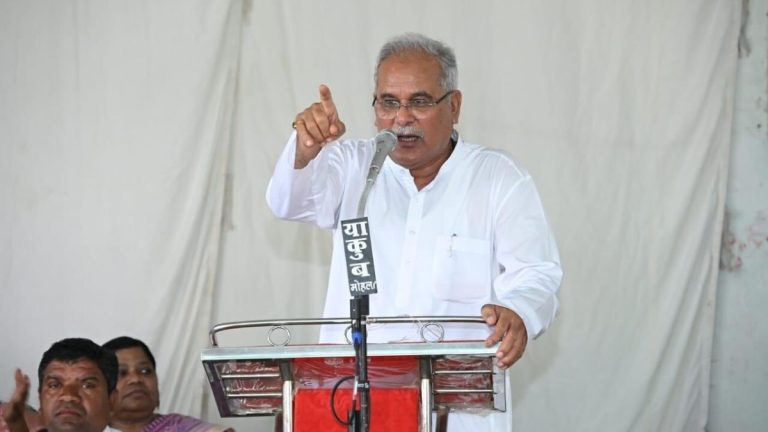ELSS has seen net outflows of ₹1,616 crore in the first quarter FY26. Over the last 12 months, the ELSS category has seen net inflows of ₹535 crore, compared to flows into the flexicap category worth ₹56,309 crore. “Many taxpayers have switched or are switching to the new tax regime, which is now very much attractive,” says Gautam Nayak, partner, CNK and Associates. “Since there are no tax benefits available under Section 80C, these investors would not want to invest in ELSS schemes and lock in their investments for 3 years.”
 Agencies
AgenciesELSS was a popular category for individuals as it had the lowest lock-in period compared to comparable tax-saving options such as public provident fund (PPF), national savings certificates (NSC) and five-year tax-saving fixed deposits, among others. Moreover, its returns have been superior because it’s an equity-oriented product.
Investors could park up to ₹1.5 lakh in a financial year and get tax savings under Section 80C of the Income Tax Act in the old tax regime. However, in the new tax regime, this benefit is not available.
Over the last year, the ELSS category has seen the slowest growth, with assets under management moving up from ₹2.33 lakh crore to ₹2.49 lakh crore-a rise of 6.9%. The equity scheme assets grew by nearly 22% from ₹26.82 lakh crore to ₹32.69 lakh crore in this period.








